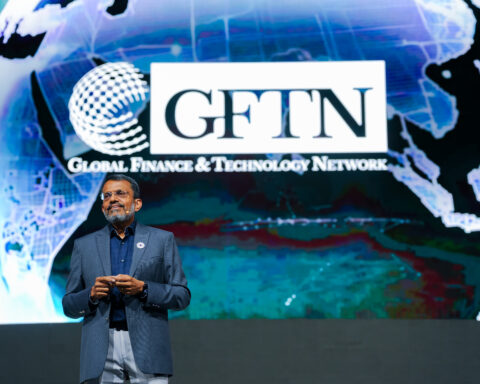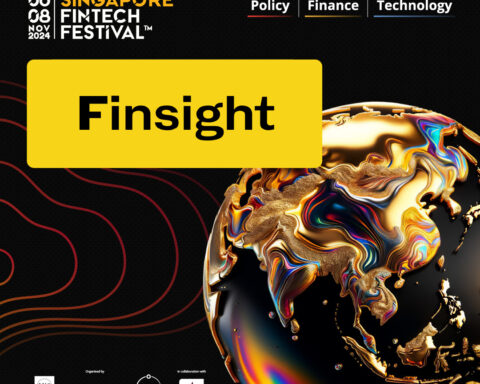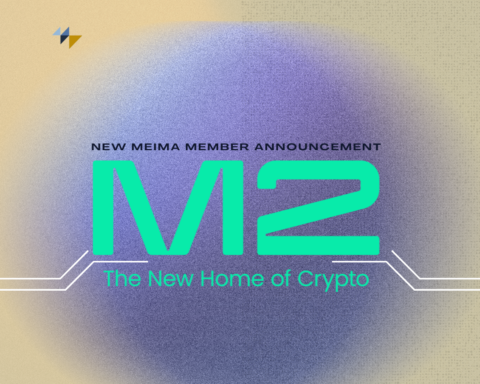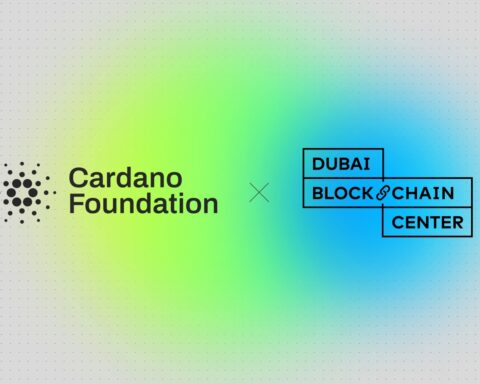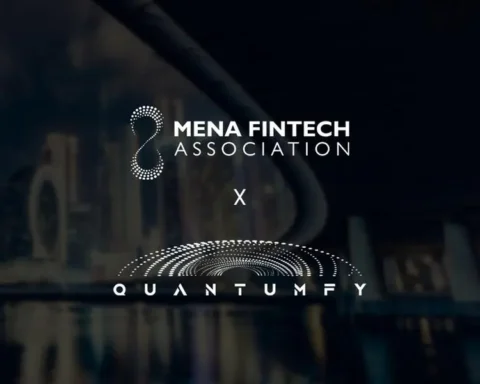As we head into 2022, DeFi platforms must now focus on refining user experience, writes Gerben van den Bergh, Chief Innovation Officer at AllianceBlock.
Individuals driving the DeFi industry are constantly immersed in its wonders and complexity every day. Naturally, the projects may lean towards favoring deep technical developments over user experience (UX), leaving them at risk of failing to cater to the needs of users themselves. It is crucial to remember that although blockchain comes first, blockchain cannot be the only focus. While blockchain brings with it many benefits, if it’s not translated into the vernacular so the average person can use it, we’ll never achieve mass adoption.
For any digital application on the market, UX now increasingly determines success. In the crypto industry, individuals who have recently entered the space tend to choose to deal with centralized exchanges such as Coinbase, Binance, and FTX, because their UX resembles existing online banking environments. People can identify with the experiences they offer, and as such, it gives them a sense of security. However, as it stands, many decentralized exchange platforms are difficult to use, confusing, and not user-friendly. These platforms require substantial prior knowledge and education, locking millions out of the market. If DeFi platforms want to reach these users and offer them the true benefits of decentralization, platforms must create a more trustful, accessible experience.
In the same way traditional banks made moves to the digital world to meet the needs of younger customers, DeFi projects must now make moves to meet the needs of those who want to leverage their services, but don’t know how. Right now, we are seeing institutional players from all corners showing interest in DeFi and crypto, but the industry is lacking an easy, reliable pathway to bring these people onboard.
Looking back, there is a great deal that we can learn from traditional finance’s journey to digitization and its experience with innovation through online banking. Having grown up in the Netherlands where banking is largely accessible to all, over time we began to see the increase of basic banking functions online and in apps. The development of online banking platforms as well as neobanks and brokers was accelerated by Europe’s Open Banking initiative, PSD2. Through this legislation, for the first time, financial players could access new data and learn more about their customers’ behaviour, while also receiving practical feedback. From reducing the number of identity checks needed, to the ability to combine and get oversight of a multitude of accounts in a single app, these changes further increased the overall usage and adoption of banking applications. The DeFi industry should look more closely at these trends in its next phase of development and transfer it into the DeFi space. It’s time to put UX at the core of development.
Few DeFi projects offer users a single platform journey to carry out their activities. The majority of platforms require individuals to switch applications or screens throughout the process when it comes to staking, lending, borrowing or transferring assets. By allowing users to complete all their different DeFi activities using one platform, we can increase levels of trust, and create a more secure, enjoyable journey.
By integrating UX into development processes early on, we can rest assured that the next generation of DeFi platforms will be accessible to a much wider audience. In doing so, the journey of becoming a crypto investor will be more trustful and simple, so that anyone who wants to can give it a try.
In 2022, we need to see more projects putting users and their experiences at the centre of their development. Those who take the first steps in making a change will have a tremendous influence on the overall industry, and will further encourage other developers and DeFi projects to do the same. Hiring a UX designer won’t break the bank, and the results will be far-reaching.




